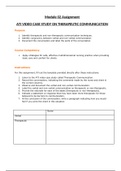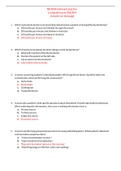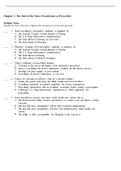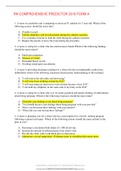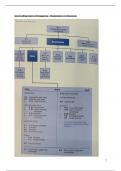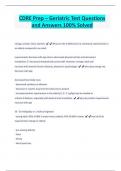Tentamen (uitwerkingen)
Test Bank - Fundamentals of Biochemistry, 6th Edition (Voet, 2024), Chapter 1-26 | All Chapters
- Vak
- Instelling
- Boek
Test Bank - Fundamentals of Biochemistry, 6th Edition (Voet, 2024), Chapter 1-26 | All Chapters
[Meer zien]






